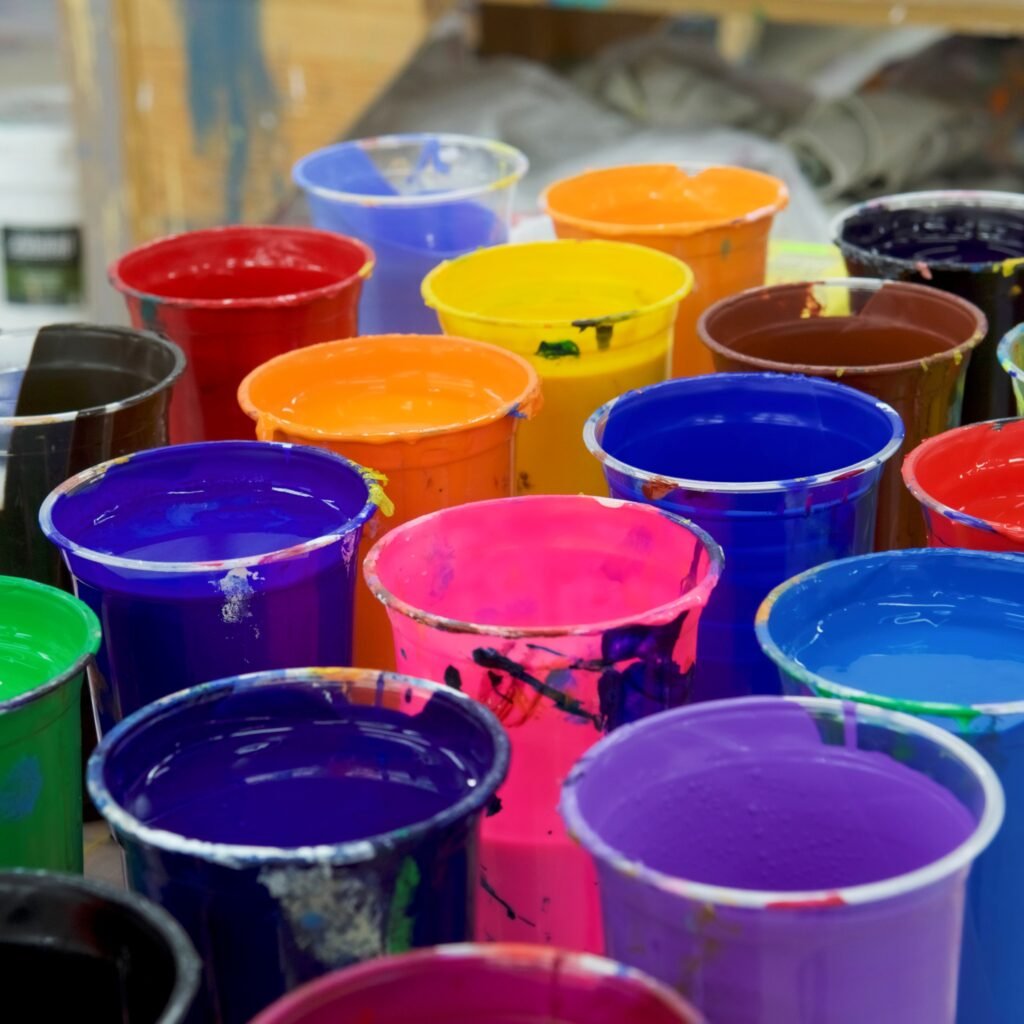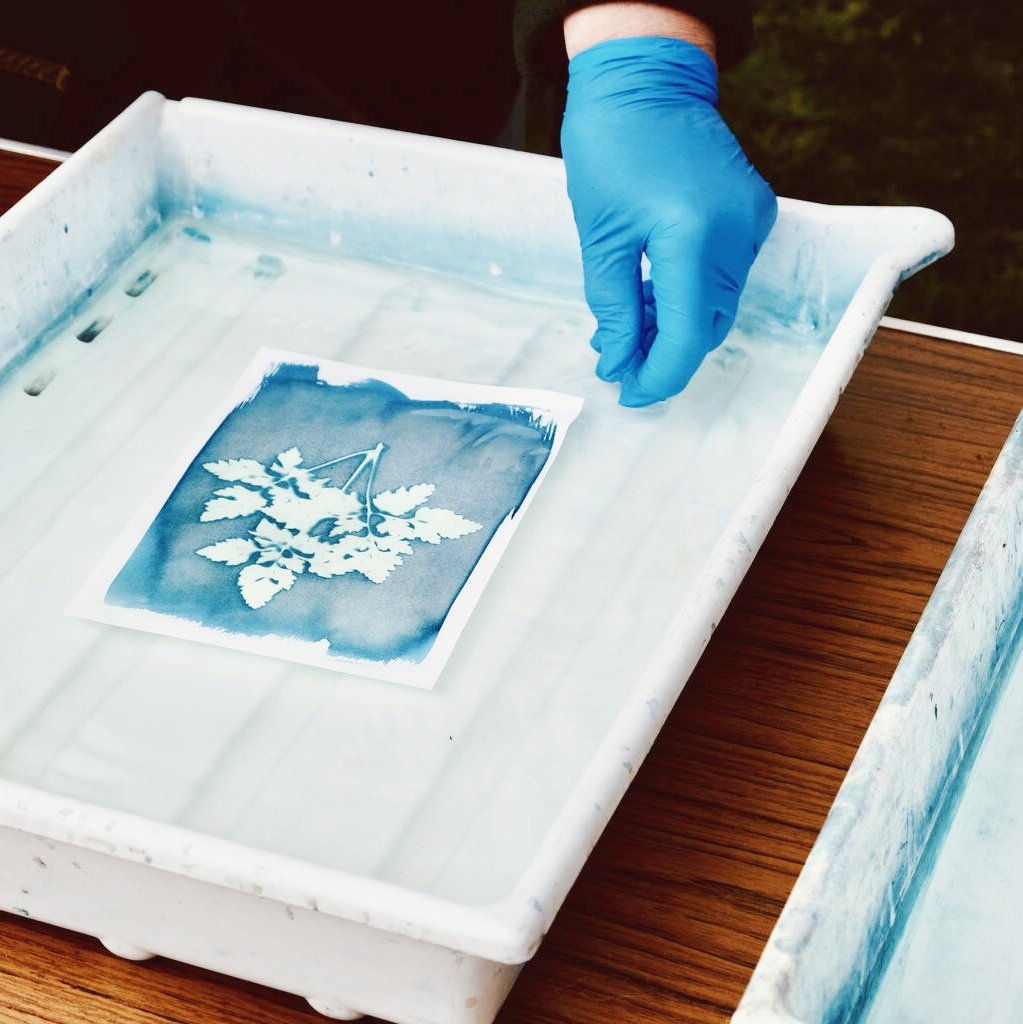In the vast world of printing inks, indigo plastisol ink stands out for its distinctive characteristics and versatility. Whether you’re a seasoned printer or just diving into the realm of textile and graphic printing, understanding the nuances of indigo plastisol ink can significantly enhance your printing capabilities. This article delves into the unique properties of indigo plastisol ink, exploring its composition, application, and the technology that supports its optimal use, such as the image technologies pneumatic plastisol ink mixing system. By the end, you’ll appreciate why indigo plastisol ink is a preferred choice for many printing professionals.
Composition and Ingredients of Plastisol Ink
Before diving into the specifics of indigo plastisol ink, it’s essential to understand the basic ingredients that constitute plastisol ink. Plastisol ink primarily comprises a resin, a plasticizer, a pigment, and various additives. The resin forms the backbone, providing structure and durability to the ink. The plasticizer, often a phthalate or polyester, ensures the ink remains flexible and flowable. Pigments, including indigo and other colorants, give the ink its vibrant hues.
Indigo Plastisol Ink: Among the various pigments used, indigo offers a unique blue shade that is both vibrant and fade-resistant. Indigo plastisol ink is formulated with high-quality indigo pigment, ensuring consistent color performance across various substrates. This focus on quality pigmentation is crucial for achieving the desired aesthetic and functional properties in the final print.
Consistency and Mixing with Pneumatic Systems
One of the significant challenges in using plastisol inks, particularly white plastisol ink, is achieving consistent coverage and avoiding clumpiness. Inconsistent coverage can lead to uneven prints, while clumpiness can cause blockages in printing equipment. To mitigate these issues, advanced mixing systems like the image technologies pneumatic plastisol ink mixing system have been developed.
Image Technologies Pneumatic Plastisol Ink Mixing System: This system utilizes pneumatic pressure to ensure thorough and consistent mixing of plastisol inks. By introducing air into the mixing chamber, the system effectively breaks down any agglomerations, resulting in a smooth, homogeneous ink mixture. This is particularly beneficial when working with indigo plastisol ink, as it guarantees a consistent color dispersion and application.
Color Profile and CMYK Ink Systems
In the realm of color management, the CMYK (Cyan, Magenta, Yellow, and Key [black]) ink system is the cornerstone of four-color process printing. However, indigo plastisol ink operates within a unique color profile that complements and sometimes surpasses traditional CMYK inks.
Ink Profile for Plastisol CMYK: While CMYK inks are adept at producing a wide range of colors through additive color mixing, indigo plastisol ink offers a more saturated and intense blue hue that is difficult to replicate with standard CMYK inks. This makes indigo plastisol ink an excellent choice for designs that require a prominent blue color, ensuring that the final print stands out with vibrant clarity.
Application and Performance of Indigo Plastisol Ink
The application of indigo plastisol ink is versatile, spanning various printing techniques and substrates. From textile printing to signage and beyond, indigo plastisol ink delivers consistent performance and exceptional color vibrancy.
Textile Printing: In textile printing, indigo plastisol ink is known for its ability to penetrate fabric fibers, resulting in deep, long-lasting color. This penetration ensures that the ink is not just adhered to the surface but becomes an integral part of the fabric, enhancing durability and washability.
Signage and Graphics: For signage and graphic printing, indigo plastisol ink offers excellent opacity and coverage, making it ideal for high-visibility applications. Its fade-resistant properties ensure that the prints retain their vibrancy over time, even in outdoor environments exposed to sunlight and weather elements.
Environmental and Safety Considerations
As with any printing ink, environmental and safety considerations are paramount. Indigo plastisol ink, while offering exceptional printing properties, must be handled and disposed of responsibly.
Eco-Friendly Formulations: Many manufacturers are now offering eco-friendly formulations of indigo plastisol ink, which reduce the environmental impact of production and disposal. These inks often use biodegradable plasticizers and low-VOC (Volatile Organic Compounds) pigments, minimizing their ecological footprint.
Safety Precautions: Handling indigo plastisol ink requires adhering to standard safety protocols. Operators should wear protective gear, such as gloves and masks, to avoid skin contact and inhalation. Additionally, proper ventilation and disposal practices must be followed to ensure the safety of both workers and the environment.
Conclusion
Indigo plastisol ink is a versatile and high-performance printing ink that offers unique properties that set it apart from traditional CMYK inks. Its vibrant blue hue, fade-resistance, and consistent coverage make it an excellent choice for a wide range of printing applications. The image technologies pneumatic plastisol ink mixing system further enhances the usability of indigo plastisol ink by ensuring consistent and smooth ink mixtures, mitigating issues like inconsistent coverage and clumpiness.
By understanding the composition, application, and environmental considerations of indigo plastisol ink, printing professionals can harness its full potential, delivering exceptional prints that meet both aesthetic and functional requirements. Whether you’re a textile printer, signage specialist, or graphic designer, incorporating indigo plastisol ink into your printing arsenal can elevate your work to new heights.



